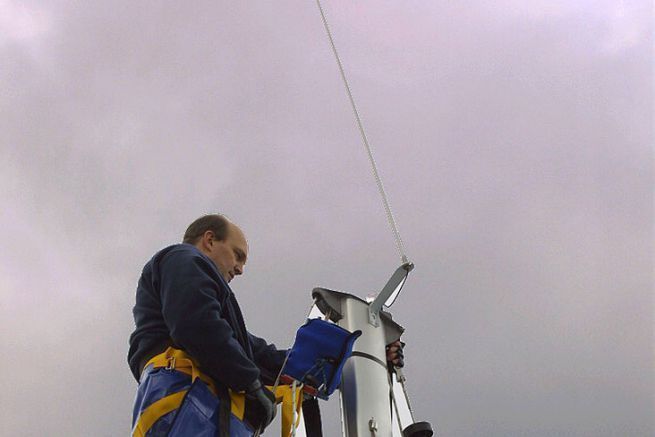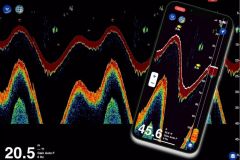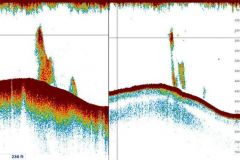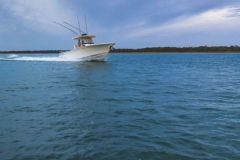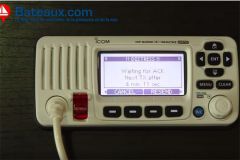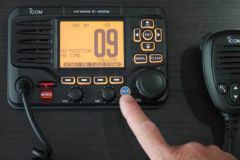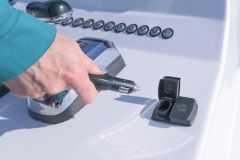To ensure proper wiring, you need to start by getting a good plug. Avoid Asian models that clip on and don't last long. As for the cable, choose a well insulated model.
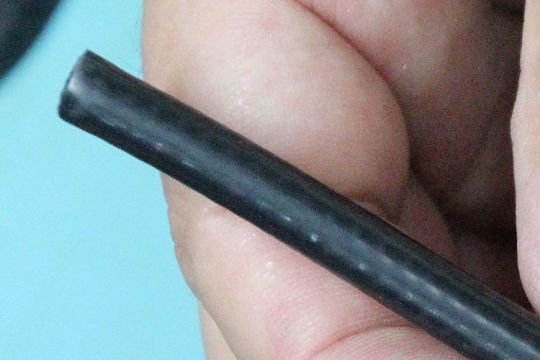
1 - Cut the cable cleanly at 90░.
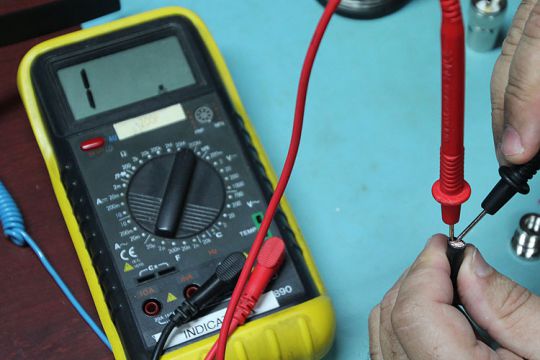
2 - Check the good quality of your cable by seeing that there is no contact between the core and the outer sheath. To do this, use a precision ohmmeter set to the most sensitive gauge.
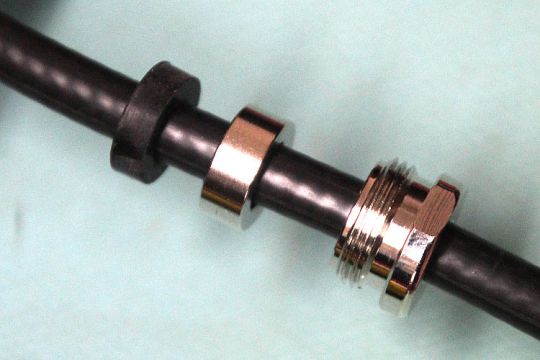
3 - Enter the elements that will be screwed to the back of the socket. We often forget this step... You have to start all over again!
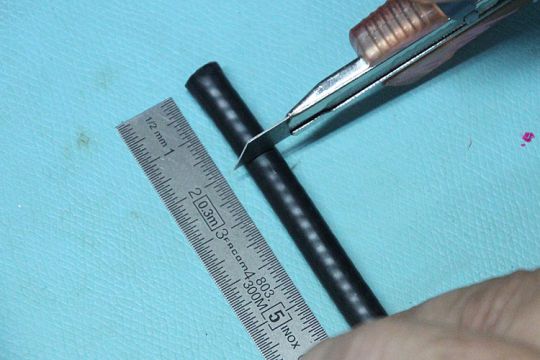
4 - Unsheathe the cable to the length provided by the manufacturer of the plug. Here, we are asked to unsheathe it by 20 mm.
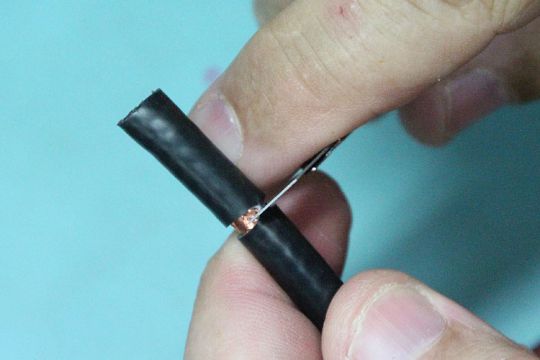
5 - Using a cutter, we cut the plastic sheath being careful not to hurt the braid.
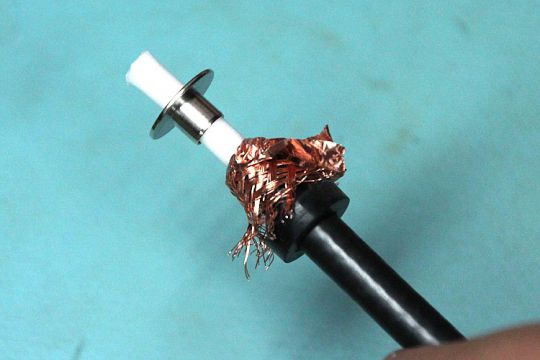
6 - Fold the braid down and tuck the bottom part of the plug in. To ensure a good contact, it is tucked under the plastic sheath.
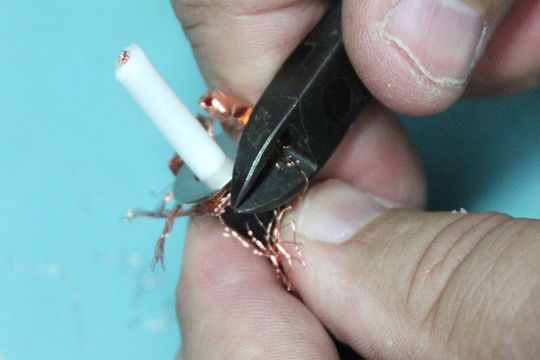
7 - Cut the excess braid (you can also use scissors). They will be held against the socket by the rubber which also acts as a gland.
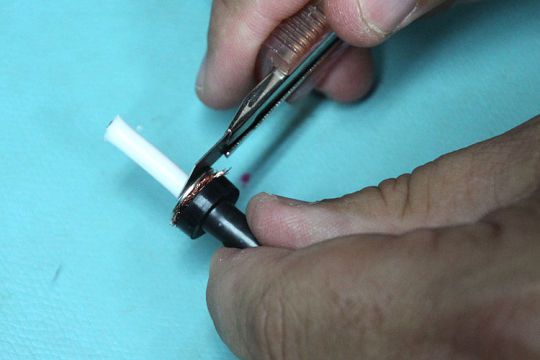
8 - Unsheath the central core by cutting flush with the metal washer.
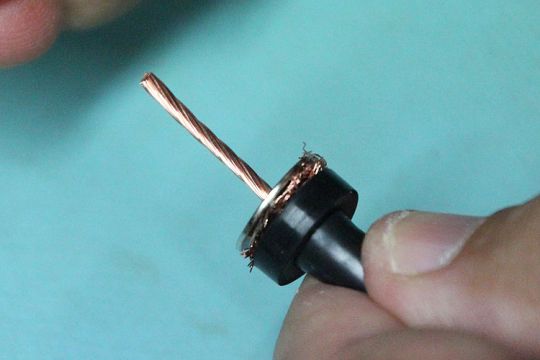
9 - Here is the core once its insulating sheath is stripped.

10 - Trim the tip of the core. This is not mandatory, but by doing so, you will be sure that it remains uniform when you pull in the plug.
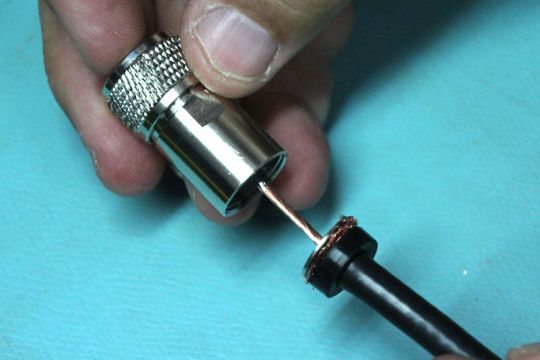
11 - Insert the plug on the core.
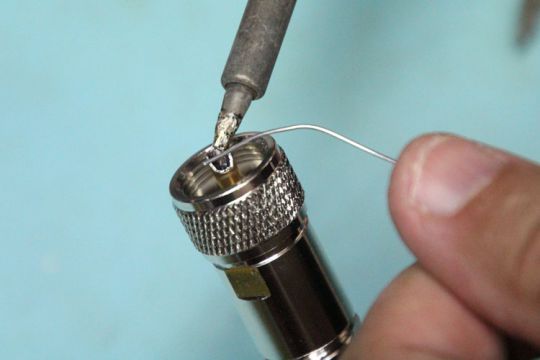
12 - Solder the end of the plug with the core.
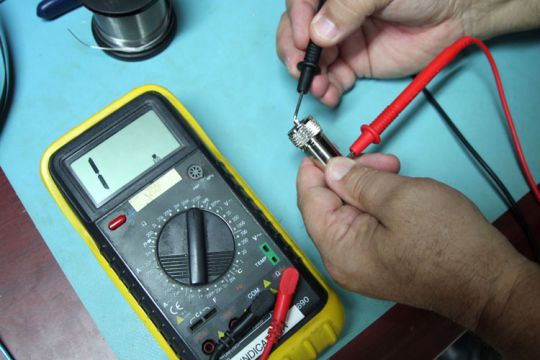
13 - Check the discontinuity of the cable. The center of the plug must not be in contact with the ground (outside of the plug).
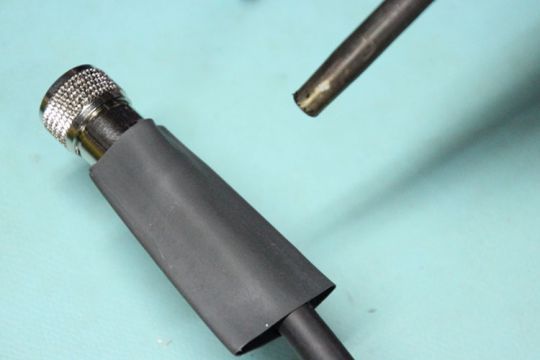
14 - Protect your outlet with a thermo-moulding sleeve. This will prevent water from entering the socket.
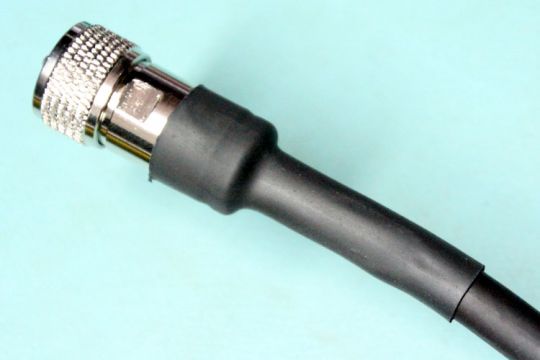
15 - All that remains is to connect to the antenna, to the VHF or to the AIS.
